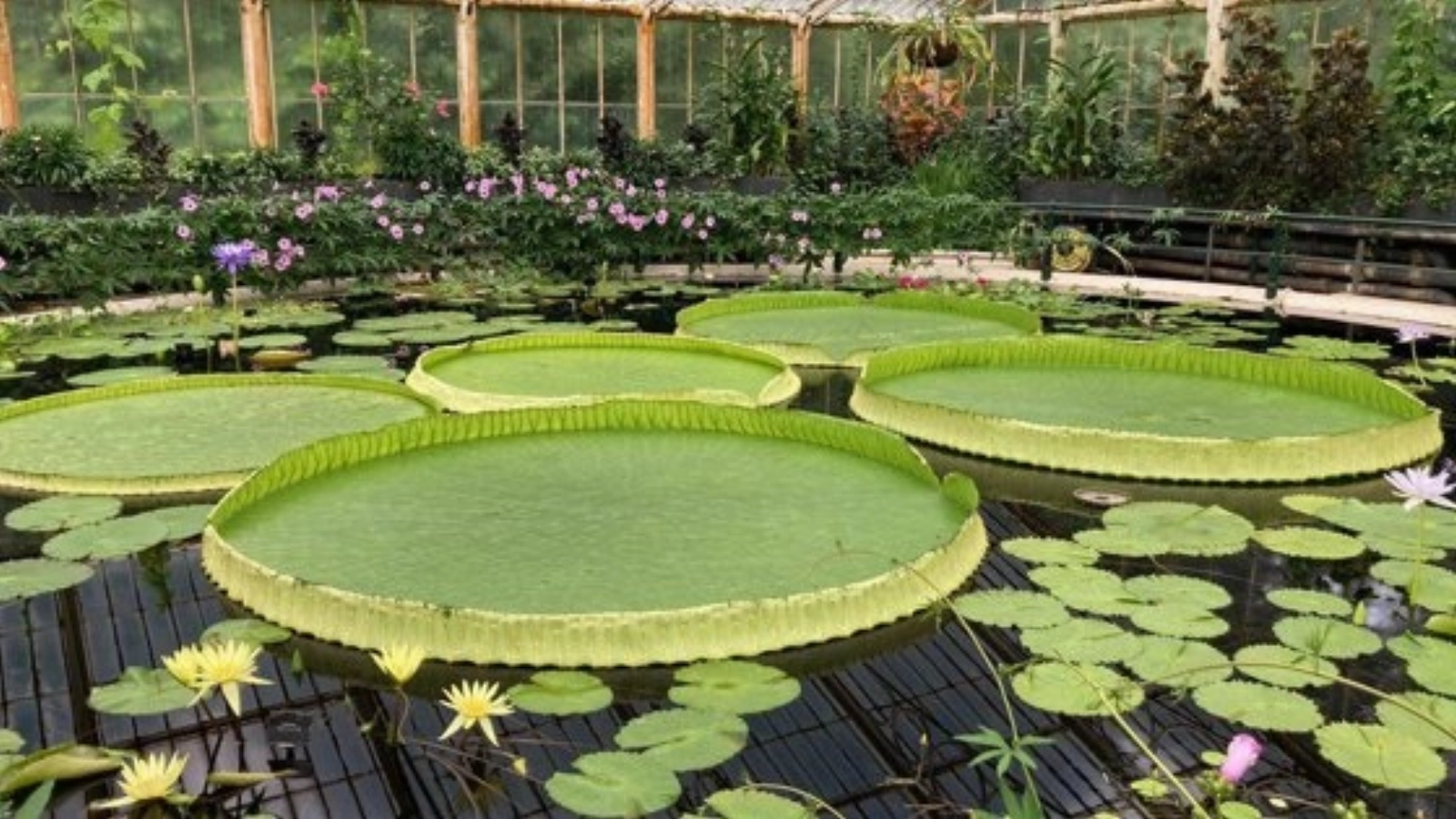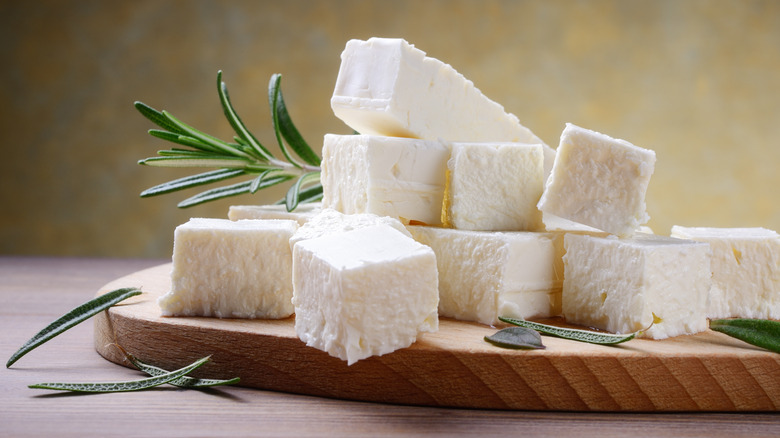In the Danube Delta, one can meet three species of water lilies, and two of them are protected, as the beauty of these plants is an attraction for tourists who can admire them in their natural habitat and enjoy the landscape created by them.
The experts from the Danube Delta National Research and Development Institute (INCDDD) draw attention that these plants should not be broken, because, being aquatic plants, after a short time they wither and lose their beauty. "Let's take with us only the photos that keep their memory alive," the researchers say.
The water lilies depend on the water level in the Reserve and provide nesting spaces for waterfowl species, according to INCDD biologist Silviu Covaliov.
When the water level is low, the plant does not develop, but its root is resistant enough, so it survives in the mud and reappears when the water level is favorable.
One of the Delta species, the white water lily or Nymphaea alba, is a plant of Eurasian origin, with a strong, thick rhizome, with a flower that has about 20 white petals, the outer ones being a little longer.
"The name Nymphaea comes from the Latin term that suggests the delicate and fragile characteristics of plants of this genus. Due to its very beautiful flowers, it is cultivated in hedgerows and pools in parks as an ornamental plant. The rhizome and flowers have some uses in folk medicine. It is a vulnerable species, having a protection regime in the Danube Delta Biosphere Reserve," says INCDDD.
Similar to Nymphaea alba both in habitat and appearance is Nymphaea candida. However, it differs from its sister by the basal shoulders that are close or overlapping, and on the back of the leaf the first pair of veins is curved from the base.
This species is much more common in the Danube Delta and is often confused with its "sister", which is why it is rarely cited in specialized works.
Instead, it has the same value as an ornamental plant, being considered vulnerable and thus protected.
The yellow water lily, Nuphar Luteum, is distinguished from the other two species by the color of the flower. A perennial, aquatic species with a thick rhizome that is buried in mud, the yellow water lily is frequently found in stagnant and gently flowing waters near the banks, it is spread throughout Europe and Asia and blooms in the months of June-August.
It has ornamental value, being often introduced into culture. The rhizome contains large amounts of starch, which is why northern populations use it in their diet. Different parts of the plant are also used in folk medicine.
"There are cases when tourists are attracted by the beauty of these plants and collect them. Being aquatic plants, after a short time they wither and lose their beauty, and those who collected them abandon them. Let's be aware of this and take with us only the photographs that keep their memory alive, and that the plants continue to live in their natural habitats," recommends INCDDD expert Silviu Covaliov.
The three species of water lilies grow in protected habitats identified by specialists with numbers. The first of these is habitat 3,160, natural dystrophic lakes and ponds that have water rich in humic acids, generally on peaty soils in swamps with often low pH. Plant communities develop in the shelter of the reeds or in its holes, and the water depth can reach two meters.
Another habitat where water lilies species are found is 7,230, alkaline swamps, which includes hygrophilous plant communities that develop mainly in depression and mountain areas, with calcareous substrate. AGERPRES
































Comentează